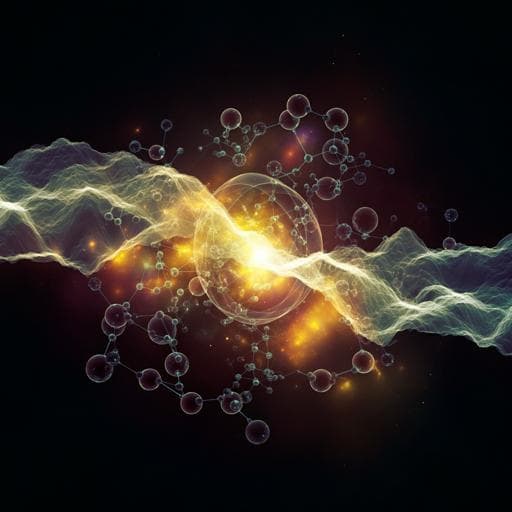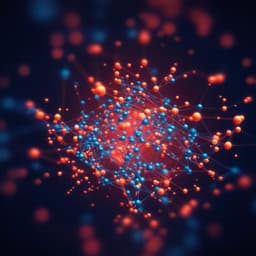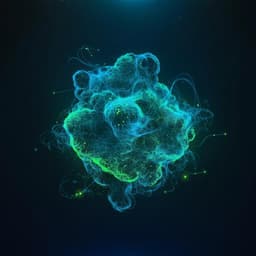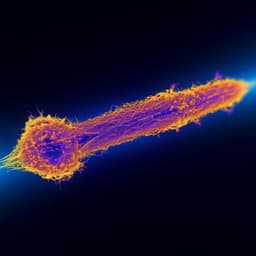
Engineering and Technology
Imaging atomic-scale chemistry from fused multi-modal electron microscopy
J. Schwartz, Z. W. Di, et al.
Discover how fused multi-modal electron microscopy transforms the mapping of atomic-scale chemistry at remarkably low doses. This innovative approach, developed by a team of researchers including Jonathan Schwartz and Zichao Wendy Di, significantly enhances the ability to image chemical distributions in nanomaterials with unparalleled precision and reduced dose requirements.
~3 min • Beginner • English
Related Publications
Explore these studies to deepen your understanding of the subject.







